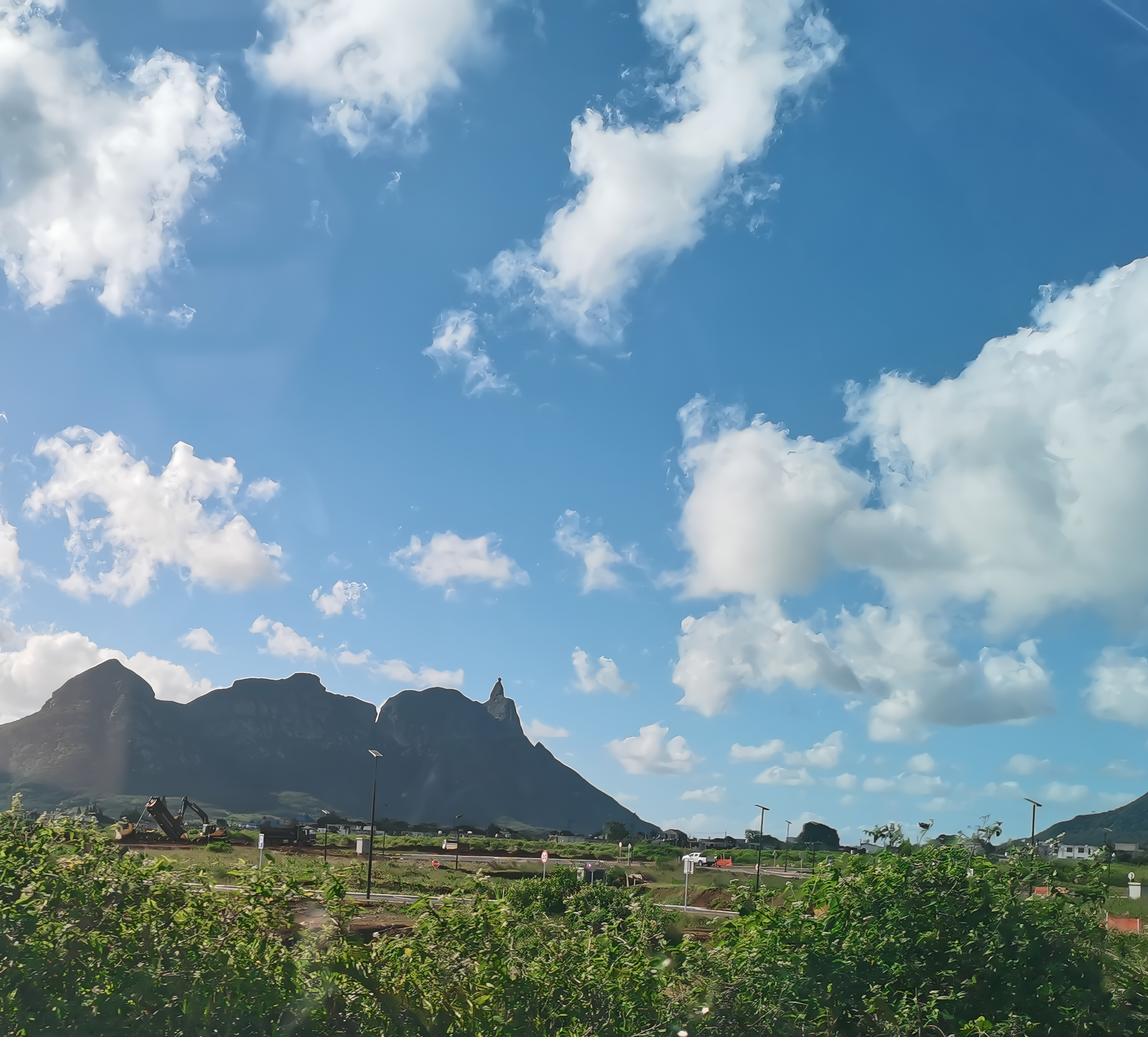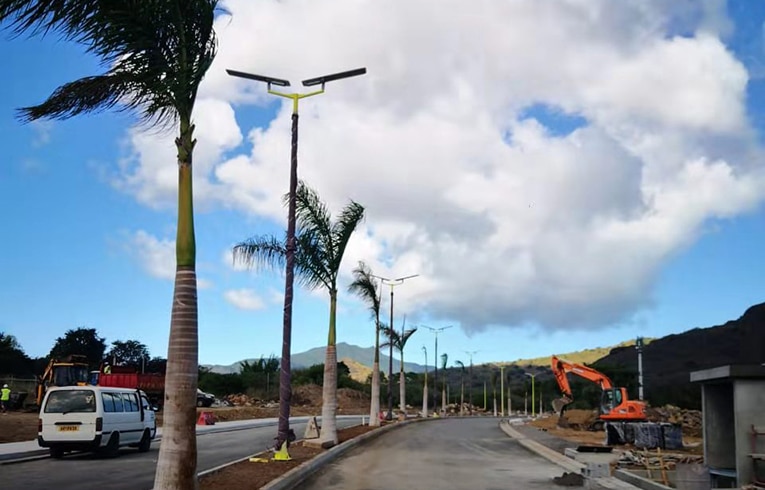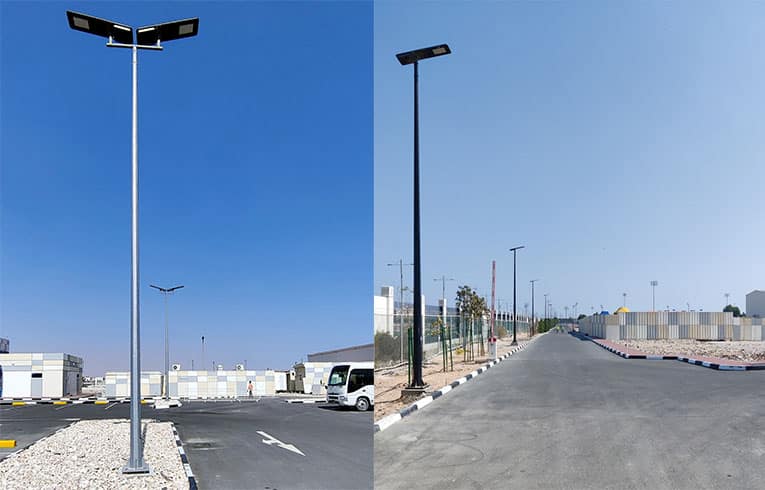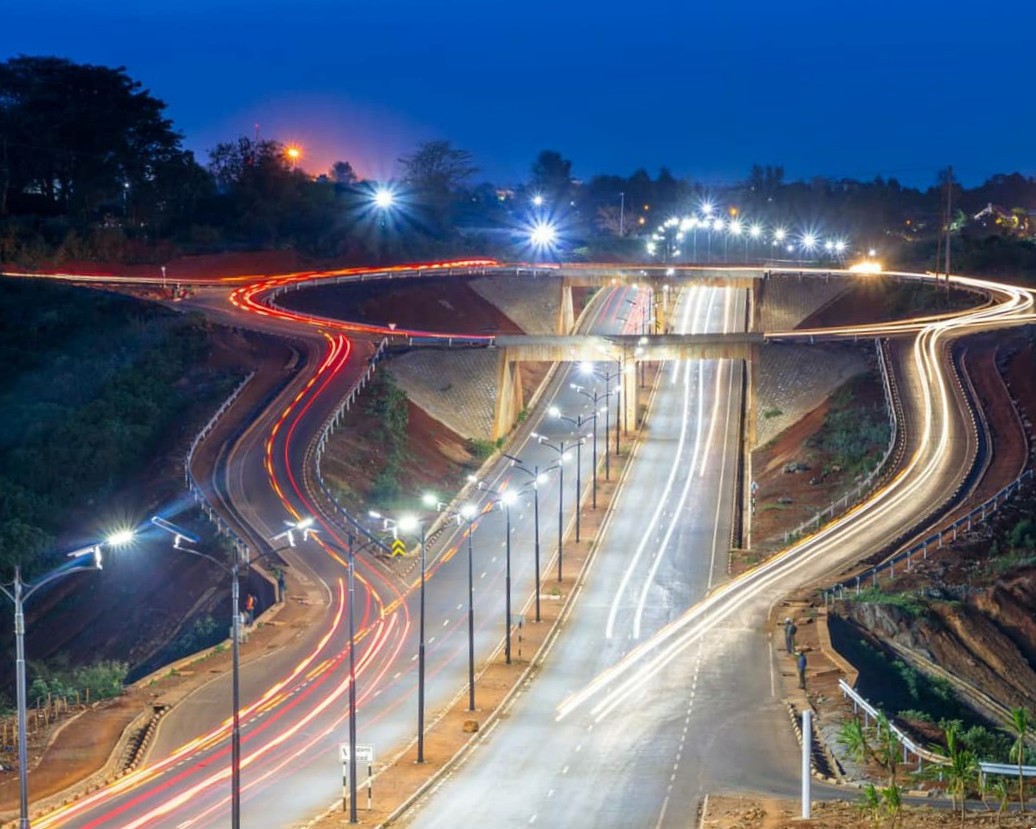Solar streetlights are changing the global lighting landscape at an alarming rate. In this article, we’ll look at the top 5 countries for solar street lighting installations and find out which regions are best suited for installing this efficient lighting solution.
The three most suitable areas for installing solar street lights
Tropical Climates
Tropical climates are often blessed with abundant sunlight resources, making them ideal for solar luminaires. Places such as Southeast Asia and Africa, with their abundant hours of sunlight, make solar street lights a sustainable solution for enhancing lighting.
Remote areas and islands
For remote areas and islands, solar streetlights are a unique and powerful option. Not only do they free you from dependence on the traditional power grid, but they also reduce the cost of transporting energy while providing reliable lighting.
Emerging Economies
Many emerging economies are also actively investing in solar street lighting. These regions are often looking for sustainable and cost-effective lighting solutions to meet the demands of growing urbanisation.
Top 5 Countries for Solar Street Light Installations
Philippine government policy supports integrated solar streetlights in the Philippines
The Philippines, as a rapidly developing country, has seen a rapid increase in demand for electricity due to population growth, which has prompted the government to look for sustainable ways of producing energy. Solar energy has been recognised as a leader in renewable energy given the negative impact of traditional fossil fuels on the environment. The Philippine government realises that a sustainable supply of electricity demand can only be achieved through the adoption of renewable energy sources.
Although the Philippines is relatively young in the field of solar energy, the country is rapidly catching up with the latest developments in solar technology thanks to its abundant sunlight resources. Solar energy not only meets the growing demand for electricity, but also offers the country the opportunity to become energy self-sufficient.

The Philippines’ geographic location provides strong support for it to be an ideal location for solar power. As a tropical country, the Philippines is blessed with abundant sunlight resources. Specifically, studies by the National Renewable Energy Laboratory (NREL) show that the Philippines has an average solar potential of 4.5kWh/m2 per day, creating favourable conditions for the widespread use of integrated solar street lights.
Malaysia’s Solar Street Lights
Due to its geographical location, Malaysia has a huge potential for solar energy. Scientists are calling for countries to switch to renewable energy sources, and Malaysia, with its sunny geography, is an ideal place for solar energy. However, despite the huge potential for solar projects, the solar industry in Malaysia is still in its infancy.
Although Malaysia faces challenges such as the high cost of photovoltaic (PV) cells, high solar tariffs, and a lack of capital, the government has taken active steps to promote renewable energy. Solar energy, as a clean and renewable energy option, is gradually becoming the focal point of Malaysia’s energy transition.

Currently, 8 per cent of Malaysia’s energy mix comes from renewable energy, and the government has set an ambitious target of increasing the share of renewable energy to 20 per cent by 2025. This demonstrates that Malaysia is gradually moving towards a reliance on renewable energy, with solar energy as a key driver for this change.
Why is solar a smart choice for Malaysia? Firstly, the country is located on the equator and enjoys plenty of sunshine. Average solar radiation ranges between 4.7-6.5kWh/m2, providing ideal conditions for solar power generation. This makes solar energy a strong contender among renewable energy sources in Malaysia.
Solar Street Lights in Nigeria
Nigeria is a sunny country, which makes solar energy ideal for its renewable energy transition. Recognising the potential of solar power, the government is working on building large-scale solar projects to meet the growing demand for electricity.
However Nigeria has always faced the challenge of unstable power, with 55 per cent of its citizens having no access to grid-connected electricity. This has resulted in a large number of households relying on unreliable power supply, costing the country’s economy an estimated $29 billion annually. Solar energy, as a renewable energy source, is expected to be the key to solving this problem.

The solar energy project promoted by the Nigerian government is not only expected to provide reliable electricity to millions of households, but will also bring economic benefits to the country. By reducing its dependence on non-renewable energy sources, Nigeria could save billions of dollars and promote sustainable economic growth. Among other things, the “Energy for All” programme, which aims to provide solar panels to 5 million rural households that are not connected to the grid, is expected to reduce rural poverty and promote the spread of renewable energy. In addition, the 200-megawatt solar photovoltaic project signalled Nigeria’s ambitions for large-scale solar infrastructure.
Solar Street Lights in South Africa
The South African government’s Renewable Energy Independent Power Producer Procurement Programme for South Africa (REIPPPP) is the country’s flagship programme to promote renewable energy. Aimed at replacing conventional energy sources and reducing dependence on fossil fuels, the programme has spurred the rapid development of solar projects across the country. The programme has set an ambitious target of 9,600 megawatts (MW) of solar capacity by 2030, bringing a more sustainable power infrastructure to South Africa.

The steady decline in the cost of solar energy has made it an affordable energy option globally. For South Africa, this trend is particularly important, as the country has ample resources of sunlight and solar radiation. With an average of up to 2,500 hours of sunshine per year and average solar radiation levels of 4.5 to 6.5 kWh/m2 per day, South Africa offers ideal conditions for large-scale deployment of solar power.
South Africa’s solar transition is not only helping to combat climate change, it is also delivering considerable savings on an economic level. By moving away from reliance on traditional fuels, South Africa will not only be able to reduce its carbon footprint, but also avoid overexploitation of finite resources. Such green energy choices not only benefit the natural environment, but also provide a solid foundation for sustainable development in South Africa.

Solar Street Lights in the UAE
The UAE, despite being one of the world’s leading oil producers, has a government that is actively moving towards sustainable energy, particularly solar energy. This is because the UAE has one of the highest rates of sunlight exposure in the world, which makes solar energy an energy option it cannot afford to ignore. The government plans to quadruple its installed solar capacity from the current 2.1GW to 8.5GW by 2025, a move that will not only meet domestic demand, but also contribute to the global rollout of renewable energy.
Falling prices of solar technologies and rising gas prices have made solar an economically competitive option for power generation. The UAE government recognises that by increasing the use of renewable energy, the country could save around $1.9 billion annually. This economic benefit is complemented by the environmentally friendly option of solar energy, providing a strong incentive for sustainable development in the UAE.
Conclusion
SRESKY has gained extensive experience in the field of street lighting through successful practice in solar projects in several countries. Our technical team has earned the trust of our customers with excellent expertise and pragmatic solutions. Our projects have blossomed in countries such as Kenya, Australia, Malaysia, the Philippines and Thailand, bringing efficient and environmentally friendly lighting solutions to local communities.
If you are interested in solar street lights, we warmly welcome you to contact our sales team. Whether you are exploring new street lighting options or looking to upgrade your existing system, SRESKY will provide you with professional advice and customised solutions.